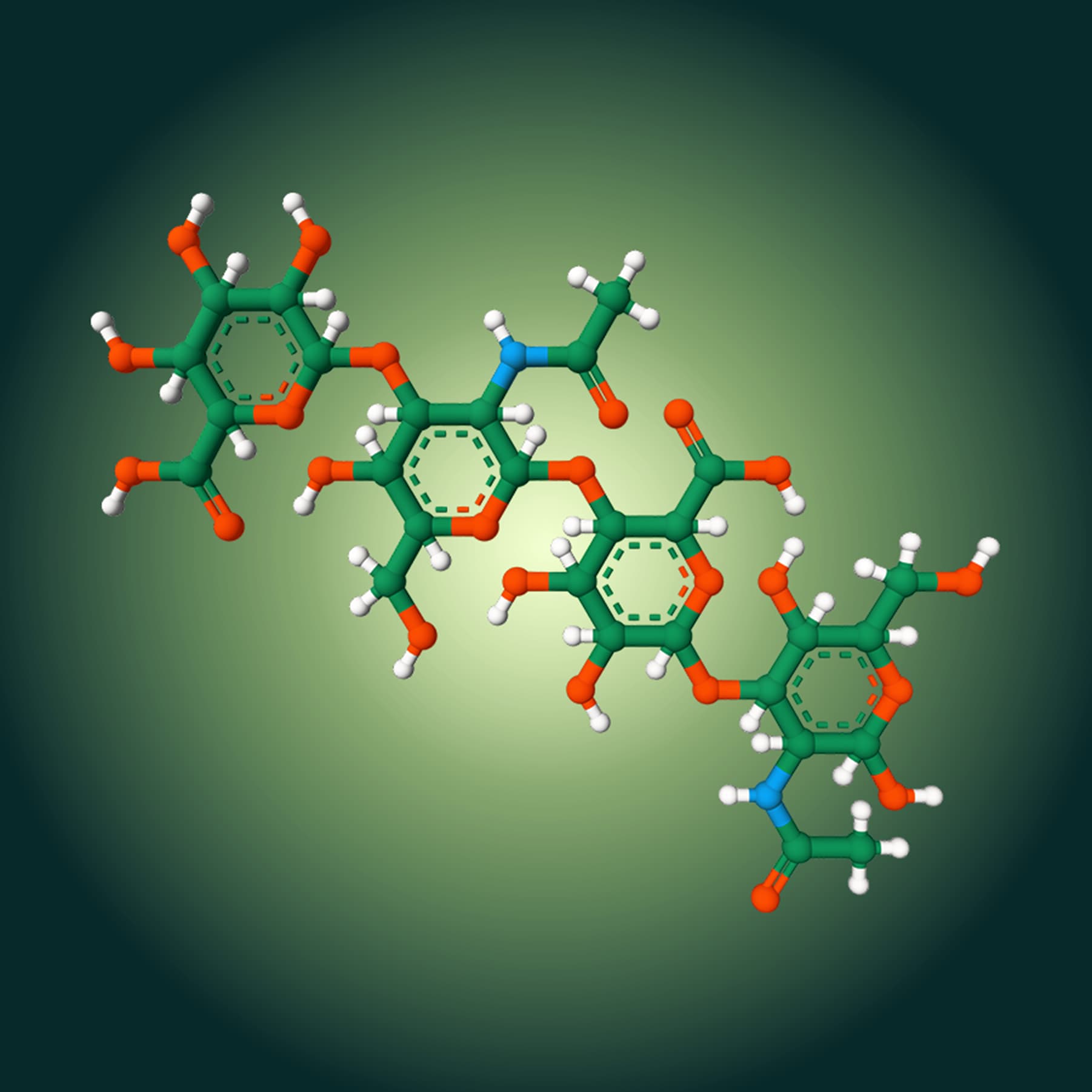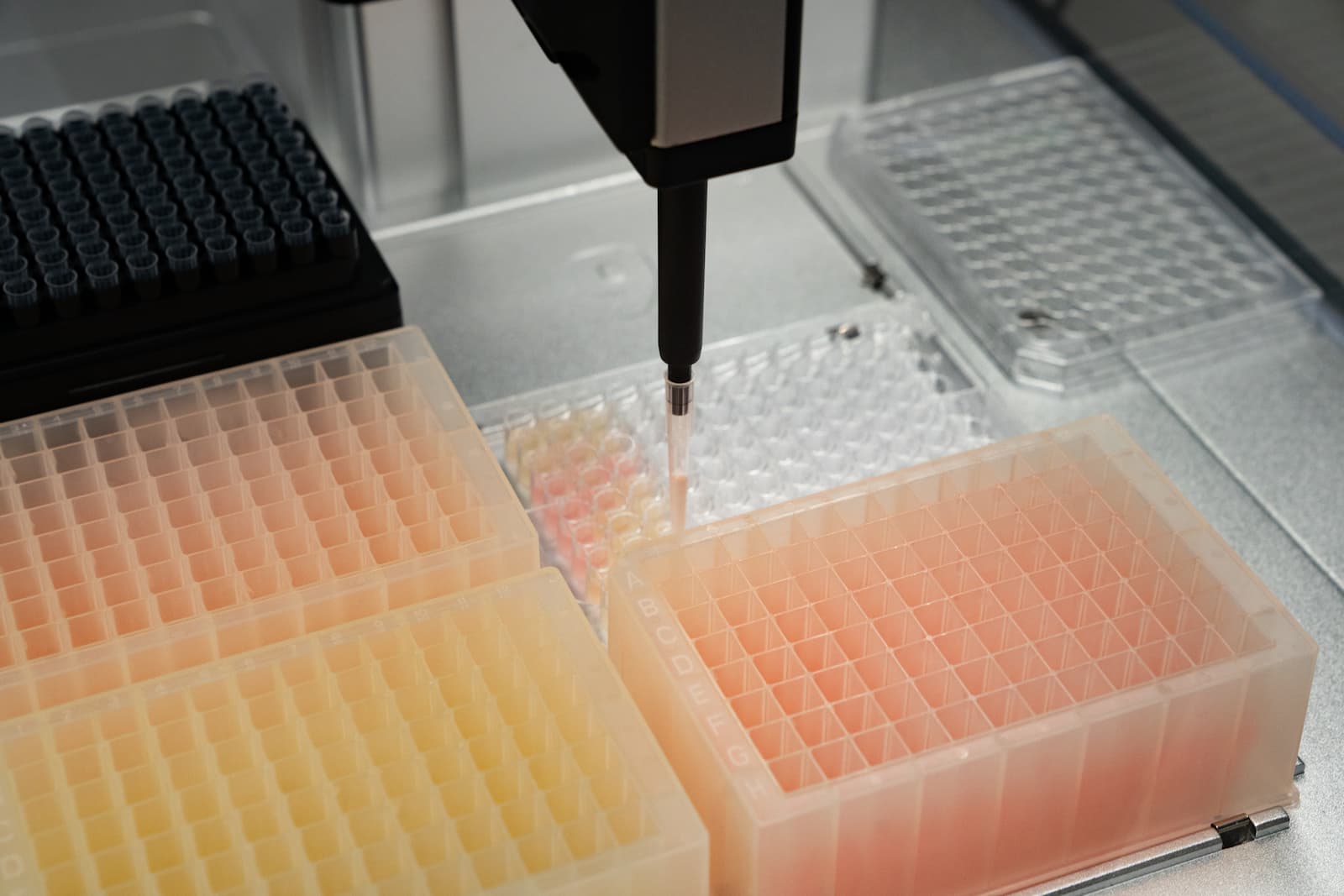
Hyaluronic Acid
- Category
- Cosmetics and Personal Care, Pharmaceuticals and Healthcare
Origins:
Naturally occurring glycosaminoglycan in the human body and extracellular matrix (Iaconisi et al., 2023; Price, Berry and Navsaria, 2007; Gagneja, Capalash and Sharma, 2024).
Key Features:
Water retention, viscoelasticity, biocompatibility, wound healing, dermal filler; used in drug delivery (Yao et al., 2021; Brown and Jones, 2005; Iaconisi et al., 2023; Ding et al., 2022; Price, Berry and Navsaria, 2007; Gupta et al., 2019; Dosio et al., 2016). Maintains tissue hydration, involved in cellular processes and inflammatory response.
Sustainability:
Microbial fermentation reduces reliance on animal sources; marine-derived HA is another alternative (Abdel-Rahman and Abdel-Mohsen, 2023).
 bio:drive - intelligent microbe design
bio:drive - intelligent microbe design
Here’s what bio:drive says about Hyaluronic Acid:
- Viable pathways recommended / (generated) 1 / (13)
- Median pathway length 2 biochemical reactions
- Max free energy change 452.7 KJ.mol-1
- Max theoretical yield 20.2 %
- Predicted pathway bottlenecks 3 reactions
- Enzyme variants recommended / (generated) 15 / (2,343)
- Predicted enzyme reactivity improvement 1.9x
- Predicted host microbe bottlenecks 3 genetic edits
- Predicted host microbe flux improvement 51.5x
- Continuous fermentation enabled
- Number of microbe versions designed for grow:bot build 324,000
- Overall potential improvement with bio:drive 49x
 Ready to start building using grow:bot?
Ready to start building using grow:bot?
At twig, we find the best possible microbe to produce your ingredients using our fast, automated builder, grow:bot. In a matter of weeks, you can go from concept to having your own engineered microbe.
Our wet-lab combines fast micro-scale microbe builds, with high-throughput fermentation screening. And all of our microbes are built to last, ready for large-scale and continuous fermentation systems.
